Sage is a herb that is highly valued for its strong herbal smell and earthy flavour. It is used in savoury dishes, and holiday stuffing often has it in it. The herb can be bought both fresh and dried all year long. In addition to being used in food, it is also used as medicine and as a decorative plant.
Table of Contents
About Sage:
Sage, also called common sage, kitchen sage, garden sage, true sage, golden sage, scarlet sage, culinary sage, meadow sage, Dalmatian sage, and broadleaf sage, is not only a beautiful ornamental plant but also an important herb with many health benefits.
Sage is a small woody shrub in the mint family. Its scientific name is Salvia officinalis, and it is evergreen and lives for a long time. It comes from the Mediterranean region, where its leaves are greyish-green and its flowers are bluish-purple. Sage in the wild usually has white or pink flowers, but when it is grown in a garden, it is usually grown with purple or red flowers.
Sage is used in many dishes because of its strong smell and bitter, astringent taste. It is also used as a medicine because it has many healing properties that help treat and improve the functioning of the brain, nerves, eyes, and other glands. Aside from this, it is also used to treat a sore throat, headache, toothache, stomach problem, skin problem, fever, joint pain, etc.
Holistic medicines like Ayurveda, Siddha, Unani, and Chinese medicine all agree that this drug works to improve memory, boost the immune system, and strengthen bones.
Sage's strong smell and distinct flavour also make it a great choice for giving food a tangy flavour and for garnishing or seasoning. In addition to being added to food, it is also used as a medicine in the form of tea, infusions, tonics, and capsules.
Origin of sage:
Sage has been around for a long time and has been used for many things since ancient times, like keeping evil away and making women more fertile. It came from the Mediterranean, and it was known at the time that it was one of the most important herbs. Sage was used by the Romans to help with digestion and to heal ulcers, cuts, and sore throats.
Sage was made into tea by the French, and when the Chinese tried it, they went looking for it and traded a lot of Chinese tea for a small amount of sage. Sage was an important crop in the early 800s AD because it could be used to treat illnesses and was a good item to trade.
Fresh vs. Dried Sage
Sage is a herb that keeps a lot of its taste even after it has been dried. But it won't be as bright as sage that has just been picked. Drying makes the flavour stronger and can make the herb taste a little bit bitter. Because of this, when cooking, less dried herb is used than fresh.
Sage can be either rubbed or ground into a powder. Sage that has been rubbed is made by rubbing the leaves together until they become large flakes. Sage powder is very fine and doesn't keep its flavour very well, so it should be used as soon as possible.
All of the versions can be used in place of the others, but since each one has a different strength, the measurements will need to be changed. Find out that about seven fresh sage leaves are the same as two teaspoons of rubbed sage or one teaspoon of sage powder.
How does sage taste like?
Sage is a herb with a strong smell that makes food feel warm. It smells and tastes like citrus and pine, which gives it an earthy taste. The fresh one has more colour and less bitterness.
Uses of sage in cooking:
To cook with fresh sage, take the leaves off the stems, rinse them in cold water, and pat them dry. Cut the sage leaves the way the recipe says to. They are often sliced thinly, chopped, or minced. Sage can be used in dried, rubbed, or powdered form. Just measure out the amount you need and add it to the recipe. Sage's big leaves can also be deep-fried to make a flavorful, crispy chip that can be used as a garnish or seasoning on a variety of dishes.
Depending on whether you use fresh or dried sage, you will know when to add the herb to the recipe. Sage is strong enough to keep its flavour throughout the cooking process, so it can be added at the beginning. However, to get the most out of its unique flavour, the herb should be added near the end. Sage should be added at the beginning so that the flavour has time to develop. Keep in mind that a little goes a long way. If you've never used sage before, start with just a little and add more if you like.
Sage goes well with other herbs like thyme, marjoram, and rosemary. It also goes well with garlic, onion, oregano, parsley, and bay leaf.
Nutritional value of sage:
Sage has a lot of important vitamins and minerals, like vitamins A, B1, B6, C, and K. It has minerals like calcium, magnesium, iron, phosphorus, potassium, sodium, zinc, niacin, thiamine, and folate. Sage has a lot of antioxidants, flavonoids, and active ingredients like cineole, borneol, and thujone, which help make a powerful essential oil called sage oil. This oil can be used to treat a wide range of health problems, such as neural problems, by blocking the effects of the active ingredients.
Health benefits of sage:
Sage is a good source of vitamin A, with 85.6 IU per 2 teaspoons. Most of the vitamin A in sage comes from beta-carotene, an antioxidant that is best known for keeping your eyes healthy. The leaves also have minerals like calcium, iron, and potassium that our bodies need. Calcium is an important nutrient for healthy bones, and calcium and potassium both help keep the heart healthy. Sage also has very little sodium per serving, which makes it a great addition to a diet low in sodium.
- Helps in overall wellness
Sage has been used to treat a wide range of problems, including the common cold, sore throat, fever, breathing problems, sinusitis, skin problems, menstrual problems, digestive problems, and memory loss. It helps the brain work better and makes the immune system stronger.
- Helps in Menstrual problems
Sage has phytoestrogens in it, which are plant chemicals that act like oestrogen and can help treat problems with your period. It helps hot flashes and night sweats in women who are going through menopause. It helps control menstruation and blood flow that isn't normal.
- Improves Cognitive Functioning
Sage has been used for a long time as an ancient and traditional way to make the brain work better. Sage has powerful antioxidants that make a person's memory, focus, concentration, calmness, and alertness better. Researchers have found that people who take sage regularly have better memory, reasoning, problem-solving, and other cognitive skills. So, it can be thought of as a brain booster and is very helpful in treating psychotic disorders and diseases like Alzheimer's.
- Boosts the immune system and keeps infections away
Sage's strong antibacterial and antimicrobial properties help the body fight off infections and act as a shield by making the immune system stronger. It stops sore throat, cough, and cold symptoms and treats different types of fungal, bacterial, and viral infections. It can also be used as a gargle to treat gum infections, gingivitis, and gums that bleed. Powder made from the leaves is also good for making teeth and gums stronger.
- Makes bones and muscles stronger
Sage is a great source of vitamin K, which is a key part of how bones grow and change on their own. It helps keep bones healthy, lowers the chance of breaking them, keeps the body in balance, and gives the body a strong, perfect skeletal structure.
It also helps you build strong muscles. A by-product of vitamin D helps muscles tighten and loosen up. So, they give the skeletal frame of the body strength and support.
- Nourishes The Skin
Sage is a powerful antioxidant that helps to protect the body from damage caused by free radicals. Sage is good for getting rid of skin infections like pimples, zits, acne, and eczema because it kills bacteria. By stopping UV damage, it also stops wrinkles, fine lines, dark circles under the eyes, and spots. It also makes you less likely to get skin cancer.
- Manages Diabetes
Sage's active ingredients are very good at taking care of diabetes. It stops sugar from getting into the blood and makes the body produce more insulin. It turns starch into energy very well and reduces the symptoms of diabetes, like having to go to the bathroom a lot and thrusting.
If you drink an infusion of sage leaves every day, it works very well to lower your blood sugar.


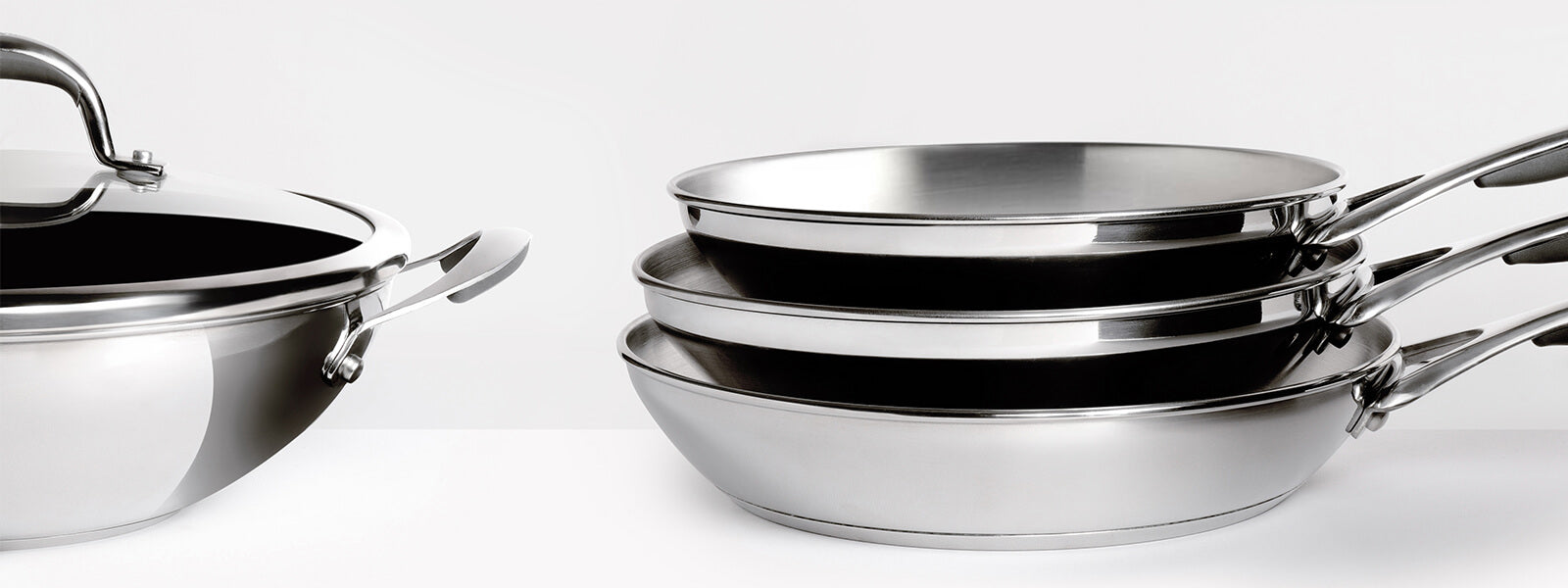

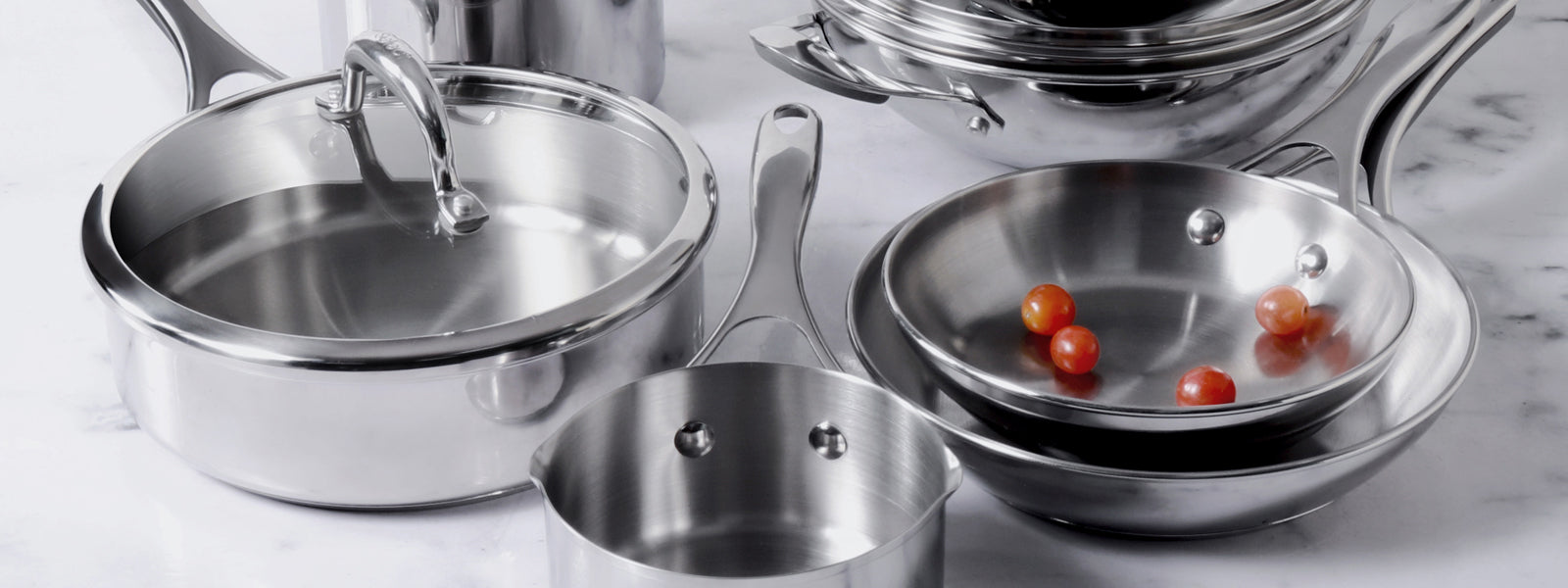
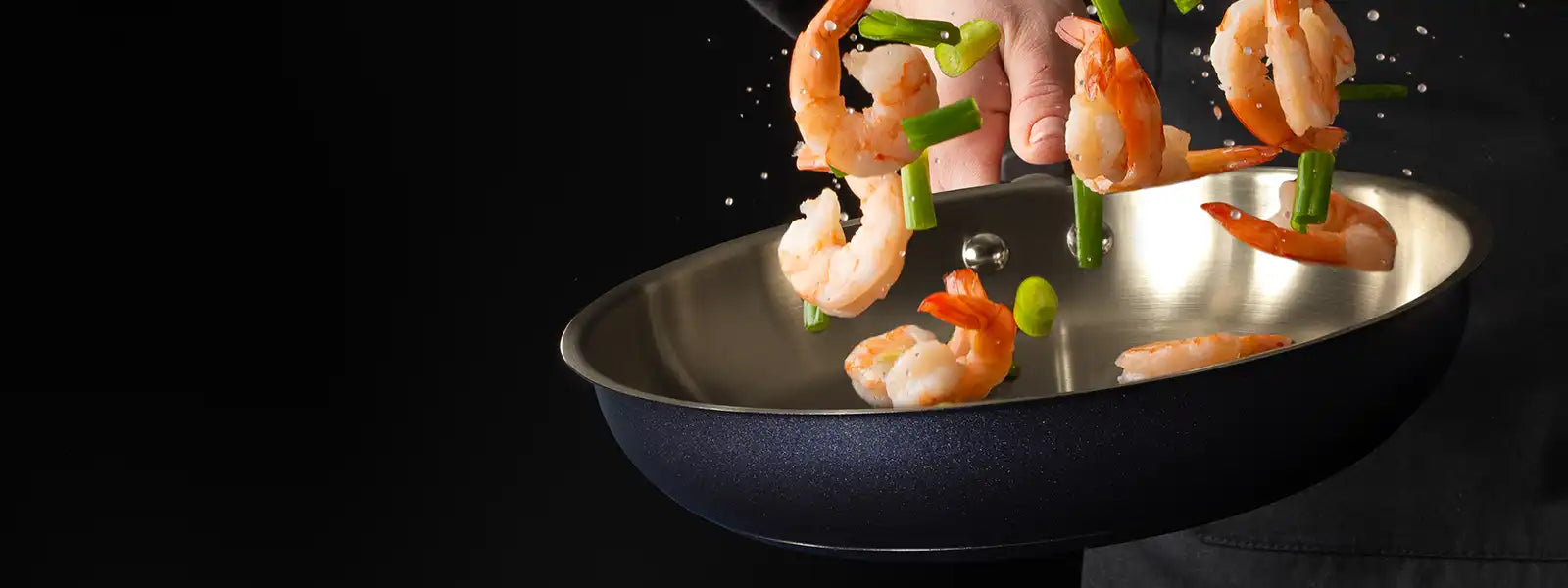
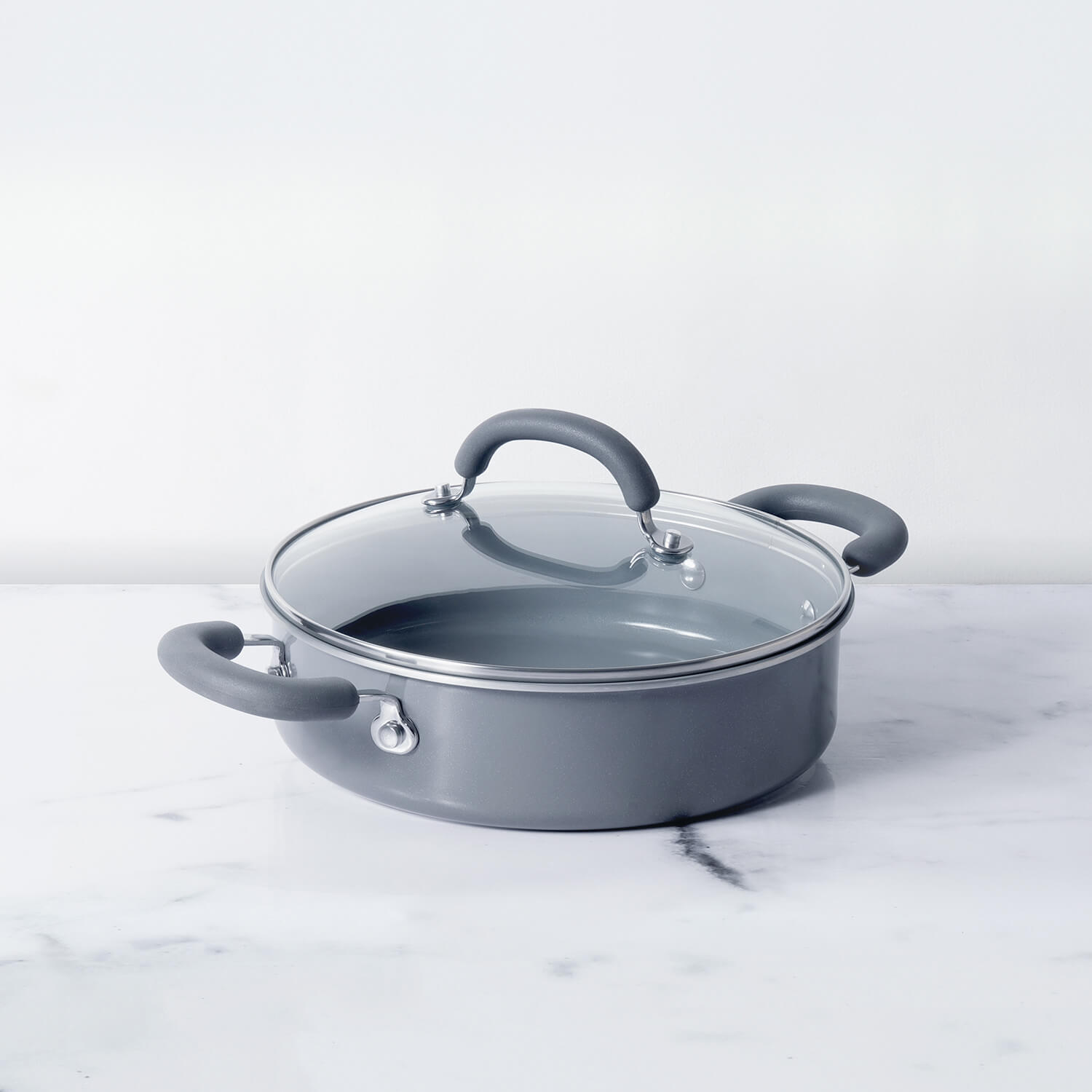
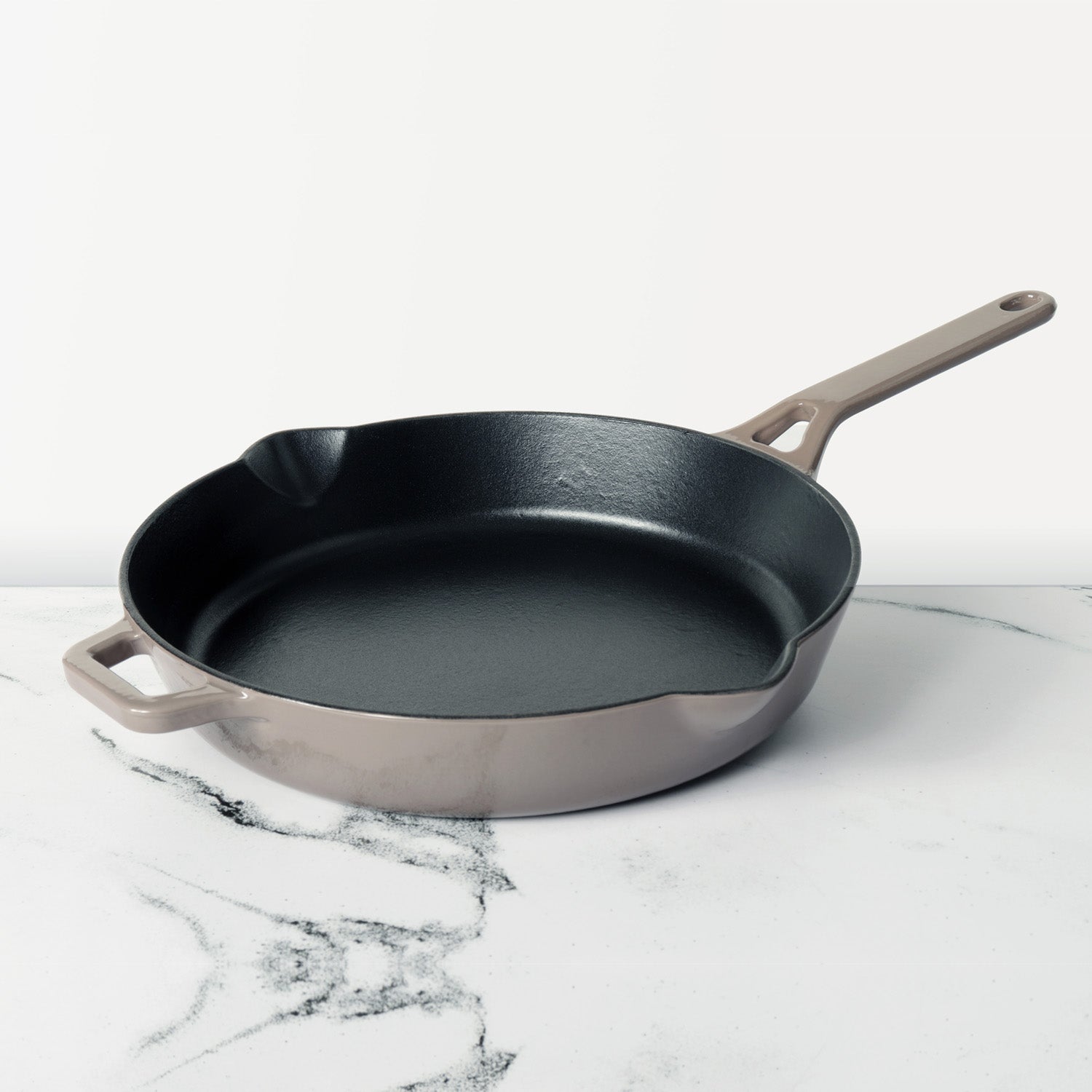




Leave a comment